With the development of the economy, everyone’s life is becoming more and more convenient, and the demand for the convenience of daily necessities is also increasing. At the same time, the global plastic pollution is becoming more and more serious.
Now, as the public becomes more aware of the waste caused by poor packaging, environmentally unaware brands are being discarded and shamed. Plus, materials science and packaging engineering are advancing at an alarming rate. Many breakthroughs have also been made in plant-based packaging and biodegradable plastic packaging.
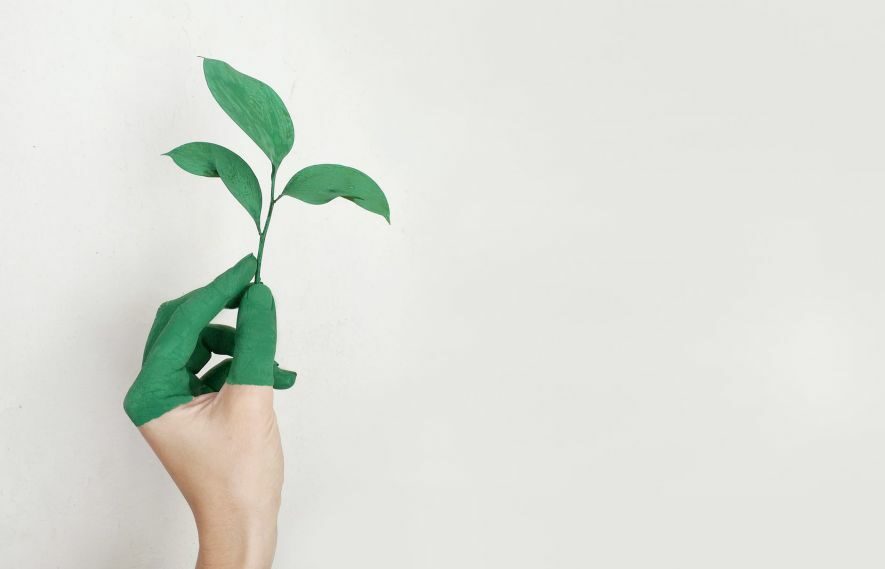
So, they are now also very conscious about whether the brand of the product they are buying has done the same, i.e. eco-friendly packaging. So what steps can eco-conscious online merchants take to mitigate this situation? One of the answers is eco-friendly packaging.
If you want to play a role in protecting the planet, then we’ll take a closer look at exactly what eco-friendly packaging is, its benefits, and some sustainable packaging options your company should consider!
1. What is Eco-Friendly Packaging?
So, what is eco-friendly packaging? Eco-friendly packaging, also known as sustainable or green packaging, is a form of environmentally friendly packaging that can help reduce carbon emissions and reduce waste production, playing an important role in keeping the planet healthy. Generally made from recycled or renewable materials, it is safe and sustainable for both individuals and the environment.
Eco-packaging is a form of environmentally friendly packaging that uses 100% recycled raw materials or raw materials to extend its life cycle and usability by minimizing the production process, supply chain and carbon footprint and creating a circular economy around the packaging. Simply put, it is often made from recycled or renewable materials and is safe and sustainable for both individuals and the environment.
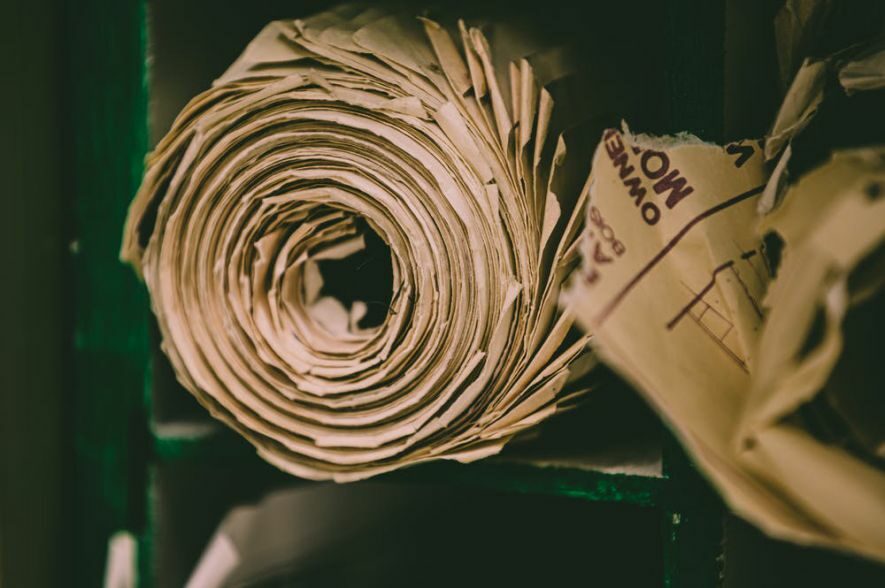
The main features of sustainable packaging are:
- Little or no environmental waste is generated
- Made from reusable or biodegradable packaging materials
- Security for people and the environment
- Reduction of packaging-related costs
2. What are the Benefits of Eco-Friendly Packaging?
Eco-friendly packaging has a positive impact on the environment as a whole, as well as on your business and your customers.
- Biodegradable
If the packaging is made from natural materials, this means it will be biodegradable. We all know that plastic is not easily biodegradable, takes hundreds or even thousands of years to break down, and can release harmful chemicals. If you use some eco-friendly packaging, such as sustainable paper products, you won’t have these problems and it can even be composted after it has degraded.
- Easy to reuse or recycle
Part of what makes packaging environmentally friendly is its ability to be reused or recycled. Reusing packaging means extending its lifespan, which reduces the need for new materials and further reduces its carbon footprint. If the quality of the packaging is good enough, it can be reused for further packaging, storage or even handicrafts.
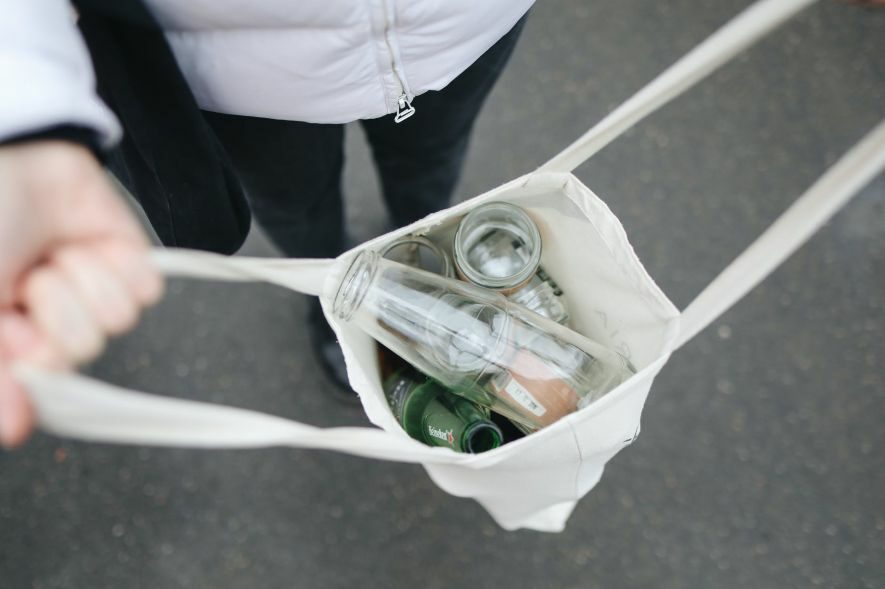
- No harmful toxins
Most plastic manufacturing requires the use of petroleum and other unsustainable petrochemical resources, in its extraction and refining time will produce a lot of environmental pollution waste, both people and the environment have great harm. Eco-friendly packaging is free of these problems throughout its lifetime. Since most of the materials used are natural and also biodegradable, it is overall healthier for people. The lack of chemicals used to synthesize it means that it is healthier for humans and the environment.
- Reduced carbon footprint
If it is made from recycled products, then the carbon footprint of the packaging will be significantly reduced. Similarly, if the packaging is made from natural or organic materials, less energy overall is available to produce such materials.
- Environmentally friendly packaging for a wide range of uses
Sustainable packaging is versatile and can be used in any industry with eco-friendly packaging. Whether you’re looking for packaging for food, clothing, cosmetics or even electronic devices, there is an eco-friendly type of packaging that will meet your specific needs.
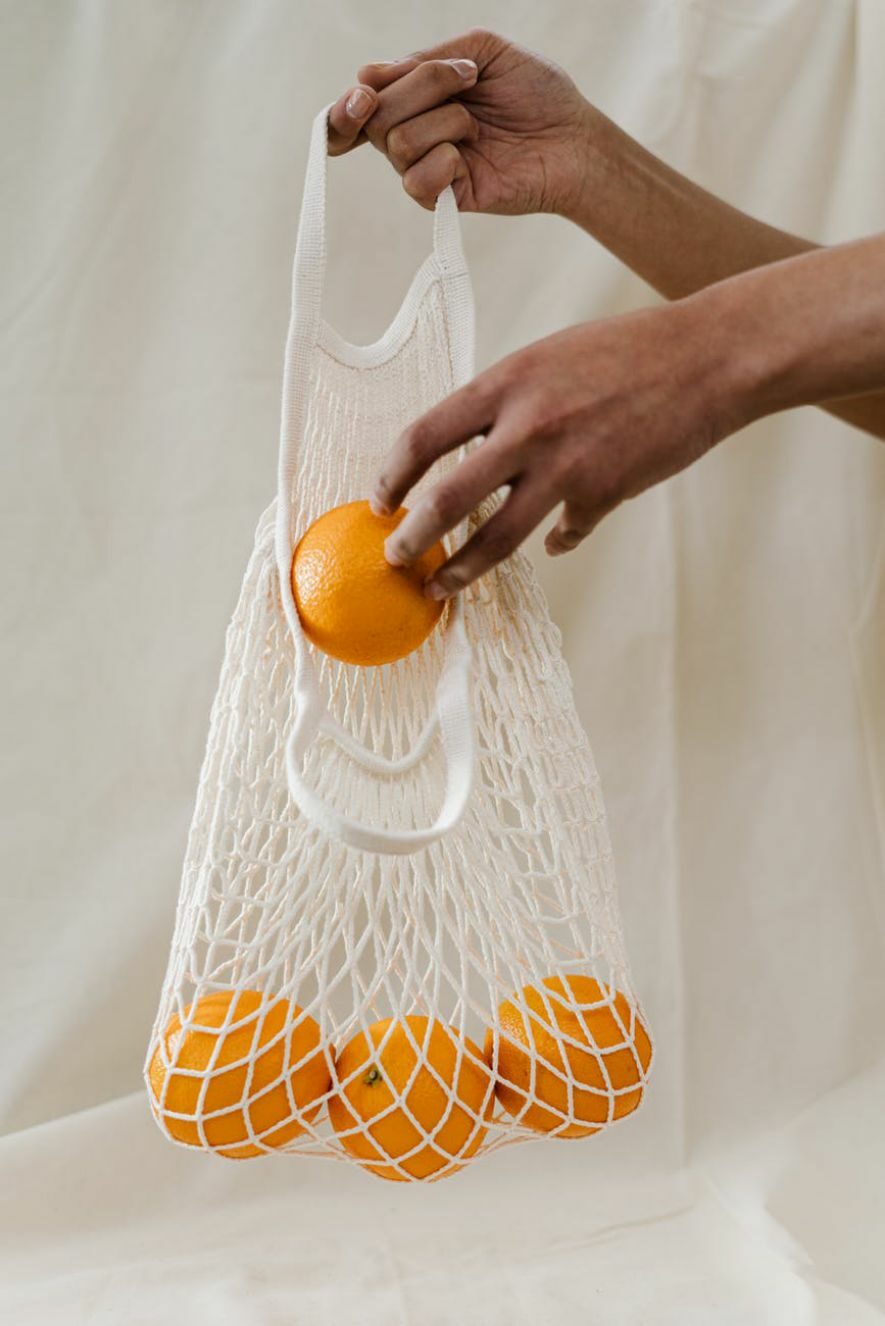
- Can improve your brand image
As more and more people around the world are becoming aware of environmental issues, developing into an environmentally responsible company, staying ahead of the curve and building trust among its customer base by using green packaging for all its products. Now, for example, in the fashion industry, sustainability is a widespread topic.
- Transportation costs can be reduced
If you purchase quality, environmentally friendly packaging, it means you can use them less. And then this means an overall reduction in transport costs. And not only is eco-friendly packaging more sustainable than traditional packaging, but it’s also often stronger and provides more protection for your items.
3. What Type of Packaging is Eco-Friendly?
Recycled and Reusable Packing Materials
Recycled cardboard and wrapping paper are readily available, reusable and recyclable, made from earth-friendly organic materials. Their use can have an immediate positive impact on the environment as they can be made from waste paper and cardboard and can be reused and recycled after use to ensure they don’t go to waste.
Typically, cardboard is used to protect more fragile items, while paper packaging is often used to protect less fragile products.
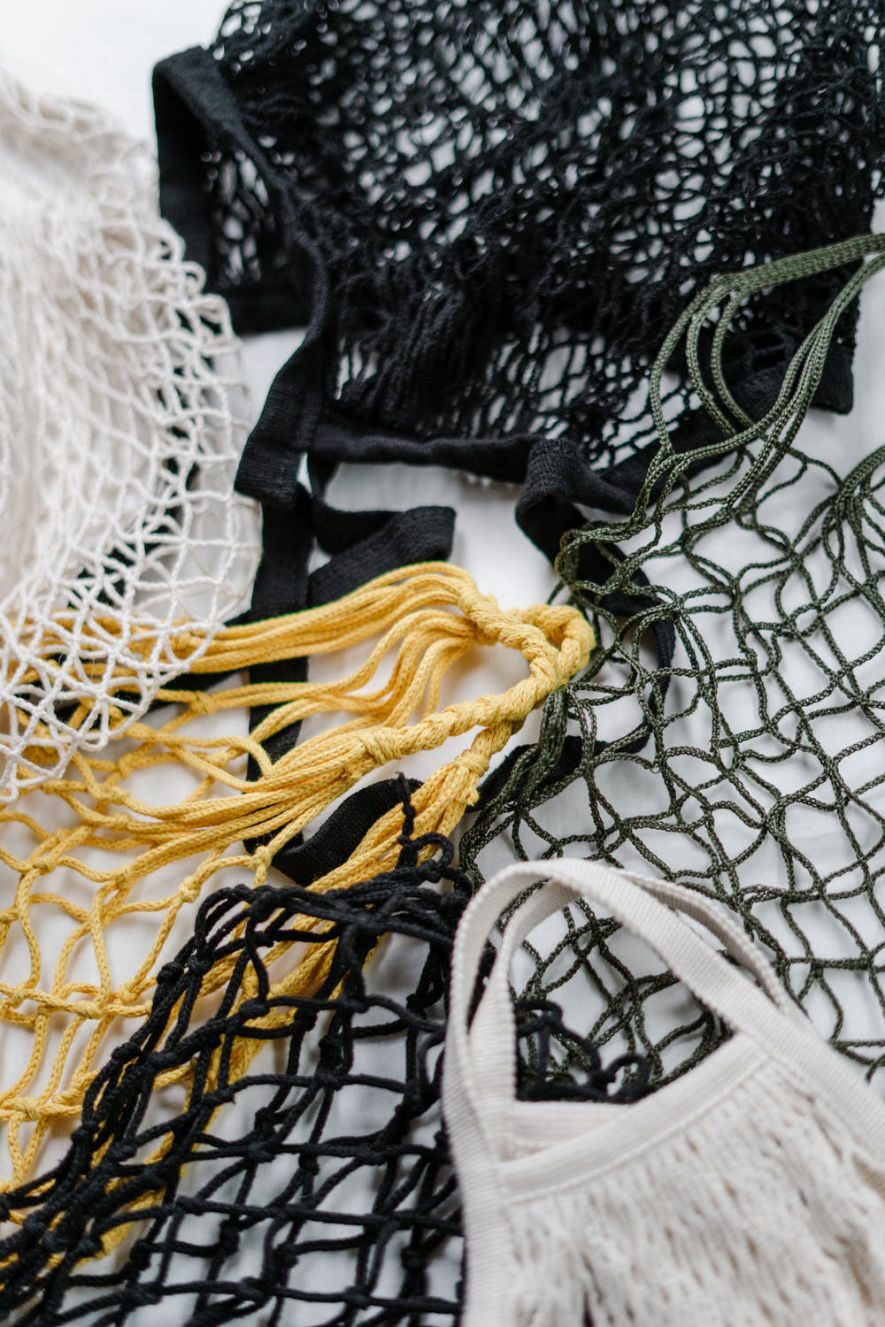
Recycled Plastic
While plastics are not considered environmentally friendly, the use of recycled plastics is necessary, and some transportation needs require strong, reliable materials that will not break and can withstand heavy loads.
While many alternatives based on organic raw materials are ideal for use as cushions or fillers, there are many times when only plastic can be used. In these cases, there is no need to reduce your ecological credentials, as there are many plastic shipping materials and tools available that can be made from 100% recycled plastic.
And you can usually keep your plastic bottles in a special place to keep them separate from everything else. Recycling plastic is important because this material can be used in many other ways. One of the benefits of using recycled plastic is also its durability.
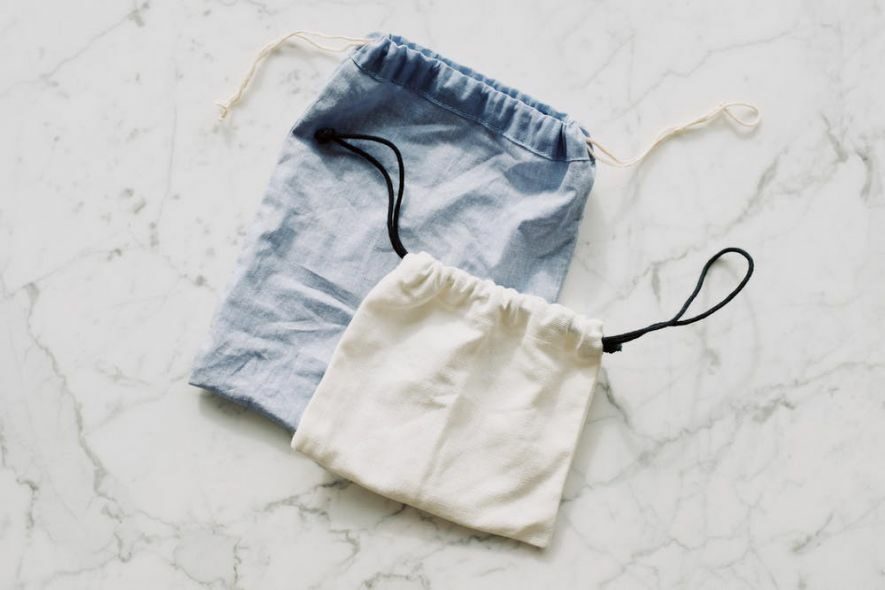
Eco-Friendly Fillers
Packing peanuts is often used as a cushioning material for fragile and other sensitive items. They usually work better than regular packing peanuts.
Environmentally conscious businesses use biodegradable packing peanuts instead of foam or EPS (expanded polystyrene foam). Some cities in the U.S. have banned the use of EPS due to its harmful effects on the environment.Packing peanuts, on the other hand, are less likely to negatively impact the environment. In addition, they are more affordable and often more effective.
Likewise, bubble wrap is harmful to the environment because it doesn’t decompose, although you can use eco-friendly options instead. One of the many options you can use is packaging made from top recycled corrugated cardboard to achieve the same purpose as bubble wrap.
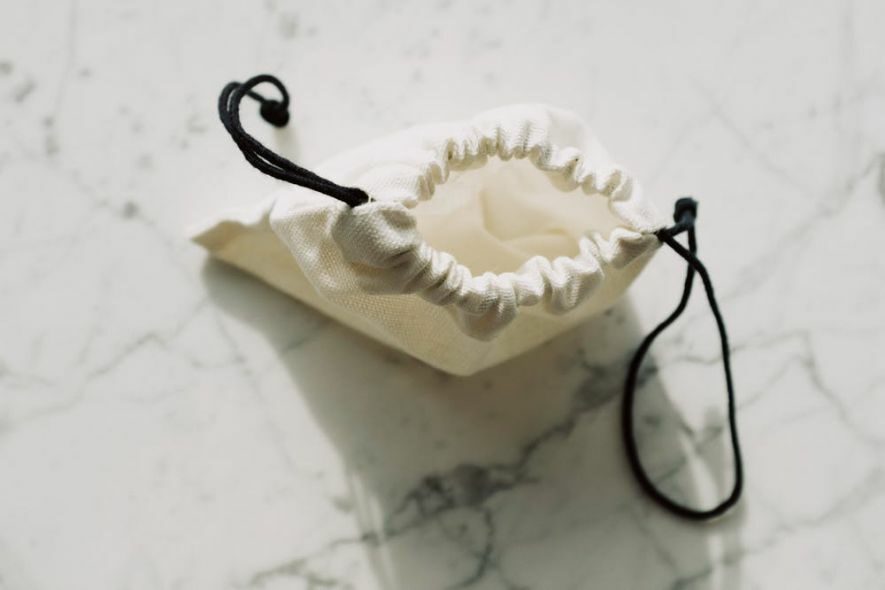
Organic Fabric
We can often see businesses will use plastic bags to package items, which is very harmful to the environment. As we all know, plastic bags have been a major contributor to the environment.
So, organic fabrics are a great sustainable packaging option. There are a bunch of different organic fabrics on the market today that you can consider.
These fabrics include recycled cotton, hemp, tapioca, palm leaves and more. Not only are these bags reusable, but they are also great for the environment.
All of these materials can biodegrade in about 100 days even if you throw them away, whereas plastic bags take 10,000 years to biodegrade. There are many other uses for these fabrics besides bags, if you get creative.
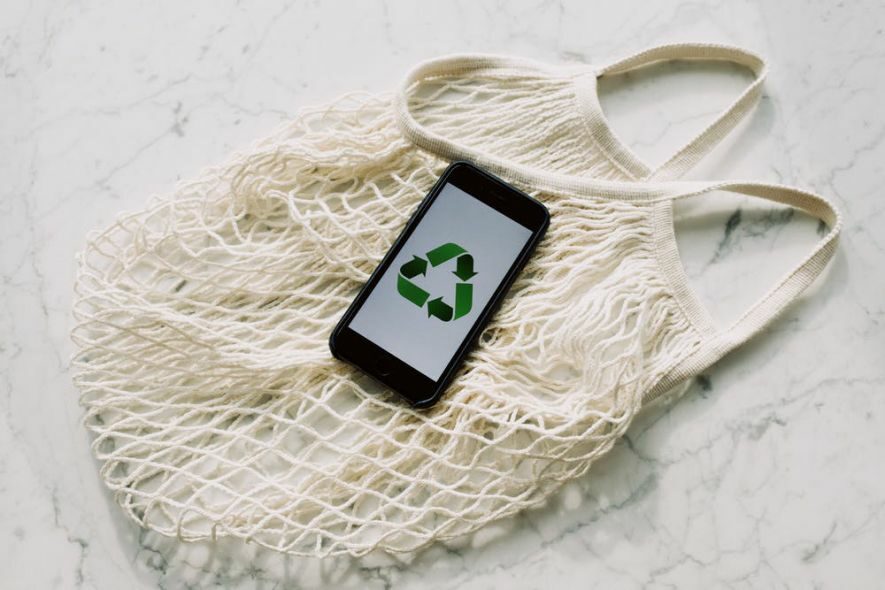
Recycled Cardboard and Paper
Paper and cardboard are environmentally friendly, they are biodegradable, reusable and recyclable, ensuring that it is not wasted can reduce excessive waste. They are generally used to protect items in transit.
That’s why recycled cardboard and paper is one of the best eco-friendly packaging materials. Recycled cardboard is an ideal material for packaging.
Usually used to protect more fragile items, cardboard is lightweight but strong. Paper packaging, on the other hand, tends to protect less fragile products.
They can be used to package everything from pharmaceuticals and frozen foods to cosmetics. A more common example is a pizza box made from corrugated cardboard, which helps keep pizzas hot and fresh for a short period of time.
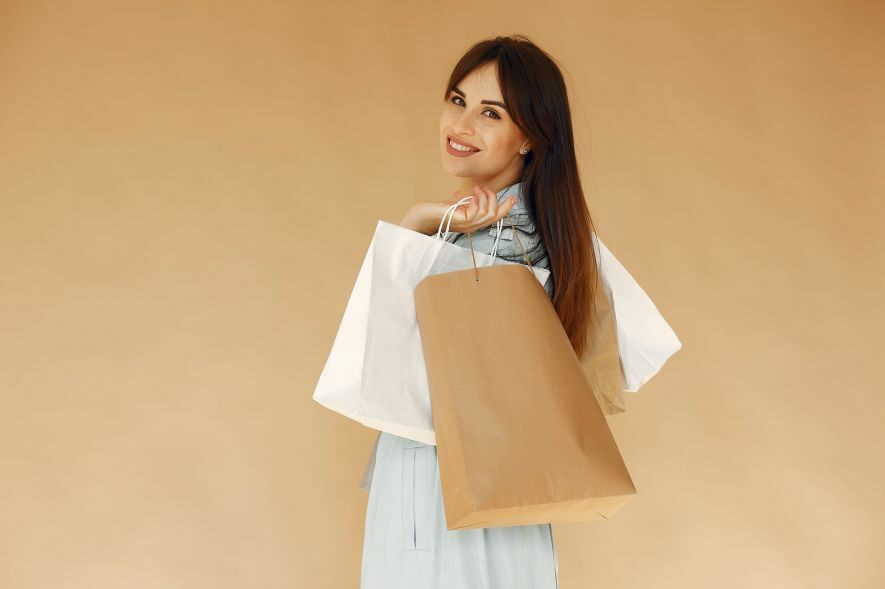
Seaweed Packaging
Agar, the gelatinous substance found in various seaweeds and algae, has been used for a variety of purposes. Particularly in the food industry, it can be used as a thickening agent or as a vegetarian alternative to gelatin.
This is another type of eco-friendly packaging that is usually used to package food as well as other items. The advantages of this type of packaging include easy sourcing, low production costs, and easy degradation. It is an abundant source of sustainable raw materials.
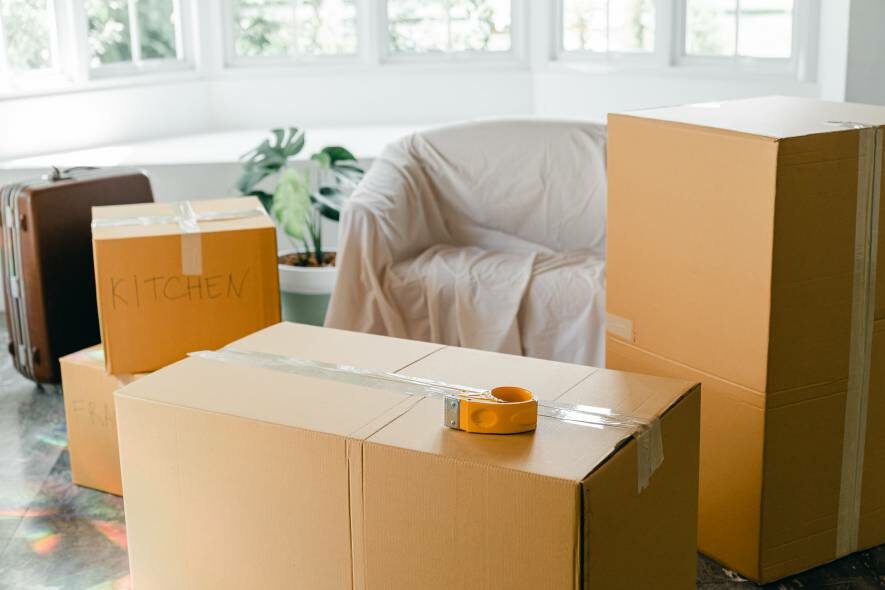
Cornstarch Packaging
It may come as a bit of a surprise to you that cornstarch can also be used as eco-friendly packaging. Both organic and biodegradable, cornstarch works in a similar way to plastic and can be used in many situations where plastic has traditionally been relied upon.
It can protect the product. This is often used for long-distance shipping as it is cost effective, easy to find, non-toxic, and it is created to produce low levels of emissions. This eco-friendly packaging material can be used in a variety of situations and putting it to use to wrap things is ideal.
While corn starch is a greener and more sustainable alternative to petroleum-based packaging, it can be a bit problematic. Because it is derived from corn, it actually competes with the human and animal food supply and could raise the price of one of our dietary staples.
Corrugated Bubble Wrap
We’re all familiar with bubble wrap packaging and kids and even adults love to play with it. Bubble wrap packaging helps to protect fragile items during transport. And this wrapping material is one that will be reusable many times over.
Bubble wrap will make it easy to wrap your items. However, it is not the most environmentally friendly material as it is made of plastic. The good news is that a number of alternatives are being developed.
One of these is a type of packaging made from recycled corrugated cardboard. It has small cuts made in it to create a concertina-like effect, like bubble wrap, which prevents vibration. The only disappointing thing is that you won’t get the satisfying popping bubbles.
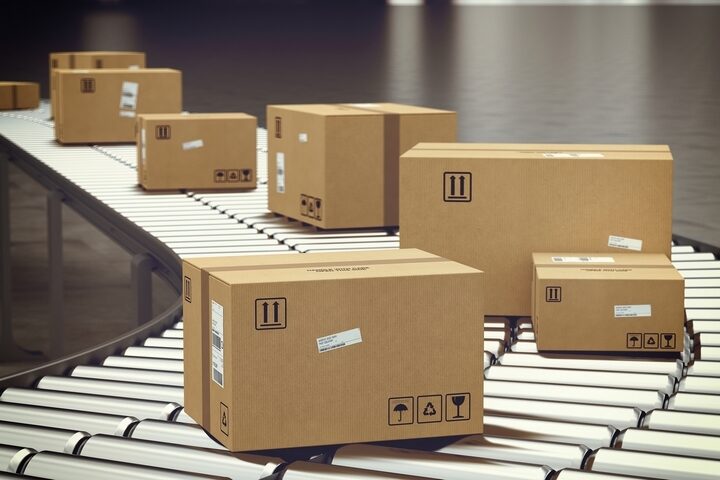
Biodegradable Packaging Peanuts
Styrofoam has been the standard loose packaging for fragile or sensitive items to help prevent movement and cushion impact. Now they can be replaced with biodegradable air peanuts.
Using biodegradable packing peanuts is a good idea to help the environment. These will make your packaging easier and will allow you to stay environmentally friendly.
Because traditional foam contains EPS, it is neither biodegradable nor economically recyclable and tends to run off into waterways and adversely affect marine life.
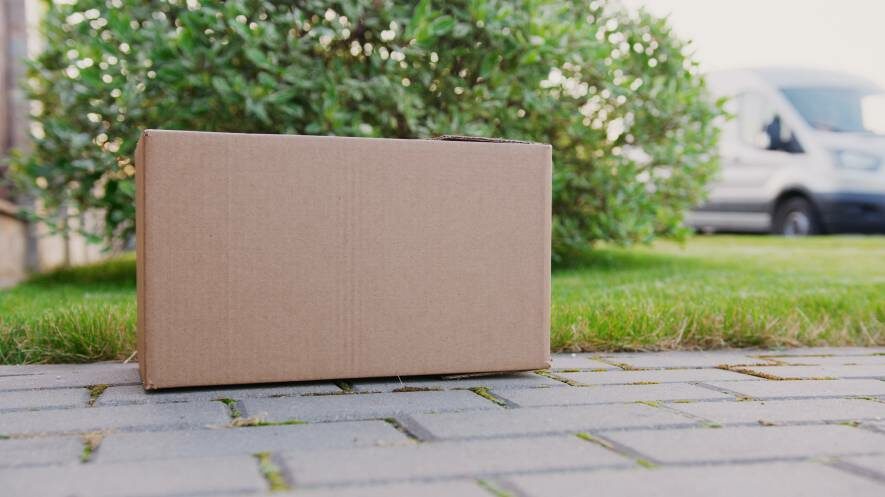
4. Examples of Eco-Friendly Packaging
Coca Cola VR Viewers
Even large companies are trying to find ways to make their companies more sustainable. Some companies have introduced the idea of turning their packaging into a virtual reality (VR) audience.
That seems to be the idea behind a new design just released by Coca-Cola that could turn some of the company’s cardboard packaging into foldable, origami-style virtual reality glasses for smart phones.
They’ve done this with their on-can packaging. Instructions have been added to the removable sections that can be assembled so that a phone can be inserted.
KFC Edible Cup
Another example of a large corporation finding ways to become more sustainable with eco-friendly packaging.
Many multinational companies, such as McDonald’s and Starbucks, are implementing sustainability strategies and even collaborating on eco-friendly packaging concepts.
Now KFC has introduced a new concept: edible coffee that could influence coffee consumers and chicken bucket lovers around the world. It’s shaped like a cookie in a cup, and these cups are wrapped in sugar paper and lined with a glorious layer of white chocolate. The wrappers are covered with the KFC logo and look like ordinary coffee cups from the outside.Although the product was never released, it is still an example of creativity.
I believe that this type of edible packaging is definitely in line with global consumer perceptions in terms of sustainability and simplicity of life.
HP Chromebook 11 Packaging
HP and Google co-created the HP Chromebook 11, inspired by the takeaway box, and working with Uneka’s structural packaging designers, the team was able to develop an innovative solution using tree-free, compostable pulp made from rapidly renewable plant fibers that cost about as much as plastic.
The packaging also meets the company’s sustainability goals and is better for the environment. The packaging is sleek, simple and easy to open, which in part reflects the functionality of the computer itself. It’s a great example of traditional packaging that matches the product.
Pangra Organics Bar Soap
With the public waking up to environmental awareness, it has been an eco-friendly decision to use soap instead of bottles because it minimizes plastic waste. From an environmental point of view, using one soap is eliminating one plastic bottle from our planet.
Now Pangra organics has taken their organic soap one step further by creating packaging that can grow trees!
Pangea’s soap packaging is inspired by bionics. They use recycled newspaper and water to shape the fiber boxes and then add tree seeds to the mixture so that you can actually grow your packaging after use!
That’s a super creative and eco-friendly packaging idea!
Hanger Pak
Another example of a great innovative packaging idea, this is a great example of how packaging can be used for more than one purpose. As you unwrap the package, you can then follow the tutorial on the box to fold the box into a hanger.
Not only does this idea hang directly on your clothes and prevent them from getting wrinkled, it also extends the life of the packaging and reduces the chances of it being thrown straight into the bin.


